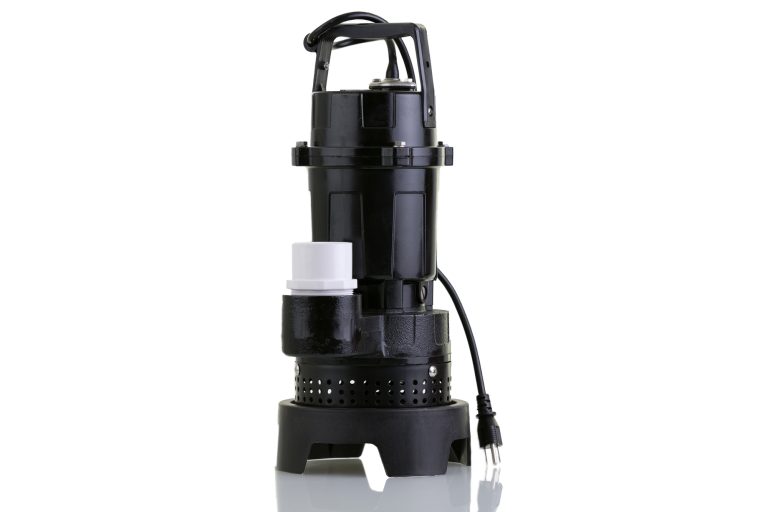What Makes Big Brands Different from Smaller Brands
There’s no lack of competition in the world of advertising and marketing. But in some cases, it may be more difficult for smaller brands to stand out.
As a smaller brand, you may have all the ability and resources to thrive. But standing out from the crowd is vital for how you reach your target demographic.
To learn what makes big brands different from smaller ones, you need to look no further than the marketing strategies they use. Read on to discover how to market your brand.
Defining the Difference Between Big and Small Brands
Big brands differ from smaller brands in the scope of their offerings and their ability to reach large audiences. Big brands reach large groups of people through mass media and advertising because smaller brands are more specialized in the market and have limited reach.
Big brands have significant resources to invest in market research, product development, and advertising. This helps them understand customer needs and create better products and services.
Smaller companies have limited resources, which can impact their marketing strategy, ability to track customer feedback, and research and development. Larger companies also have the power to influence regulators and current legislation because smaller companies are less influential.
Big brands are able to build an extensive customer base due to the power of their name brands and better resources, thus resulting in increased sales and profits. Smaller brands, however, need to rely on their niche market and their ability to offer better quality products to maximize profits.
What Big Brands Do Better Than Small Brands
Big brands often have the advantage of deep pockets for advertising, research, development, and access to resources that smaller brands simply do not. Big brands often have recognizable logos, global distribution capabilities, and the necessary infrastructure to expand market share.
Their products tend to have higher quality assurance due to the amount of money invested in product testing and quality control. Moreover, larger companies have the ability to have higher pricing power and access to products and services that smaller providers cannot match.
Finally, the presence of these larger companies often allows buyers to avail discounts and rewards for their loyalty. Also, the merchandise credit card offered to larger brands consists of rewards points and loyalty programs with added value. This leads to better pricing and higher quality control than smaller companies, which may lack resources or the volume needed to drive supplier engagement.
Strategies That Small Brands Can Install To Compete With Big Brands
Small brands can use several strategies to stay competitive with bigger brands. They can focus on creating an effective online presence that will showcase their product brands and help them reach more customers. They can also create customer loyalty programs for their returning customers and give them added incentives such as discounts, rewards, and freebies.
Then, they can take part in social media platforms such as Twitter and Instagram to gain more followers and interact with potential customers who are not already aware of their products. Also, they can develop creative and unique marketing campaigns for their targeted markets which will help set them apart from the competition.
Finally, they can seek out collaborations with other businesses which will help them gain more visibility and customers. All of these strategies can help ensure that small brands are competing on a level playing field with bigger brands.
Leveraging Big Brand Success to Improve Small Brands
Small brands have access to large influencers who may have a great influence on the success of small brands. They can also learn from the big brand’s strategies and use them in their own promotion efforts. Finally, small brands can use the reach and reputation of the big brands to their own help.
Through the various strategies that can use in leveraging big brand success to improve small brands, the opportunities for great success. For instance, by using the influencers and strategies of the big brand, small brands can enjoy the exposure, engagement, and resources that big brands have enough. This can not only boost the success of the small brand but also increase its reputation and appeal, opening more doors and opportunities.
Being Wise in the Allocation of Resources for Small Brands
There must be clear goals, purpose, and mission. This means understanding and assessing the capabilities, needs, and resources available to the business. There must also be financial stability and a sound, determined budget.
So leveraging resources to get the greatest help is key, especially when those resources are limited. Also, careful attention must be paid to the balance of spending on personnel, marketing, and research and development.
Finally, small brands should be intentional in their use of technology, considering the most cost-effective and high-impact applications for each situation. Wise resource allocation for small brands requires consideration of the individual business’ capabilities, budget, and goals.
Examining the Scale of Big Brands
Big brands have the advantage of money, manpower, and industry experience. This enables them to develop creative campaigns, increased visibility, and stronger customer loyalty. Smaller companies must be savvier in their approach to marketing and customer service.
To succeed, companies of all sizes must cultivate relationships and build trust with their customers. So whether you choose a big or small brand, put in the effort to research and find the right fit for your needs. What are you waiting for? Start building your brand today.
If you enjoy this article, make sure to explore our website to find more articles like this one.






